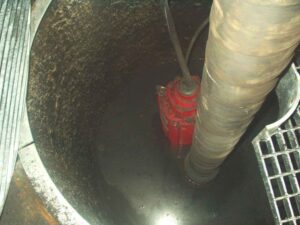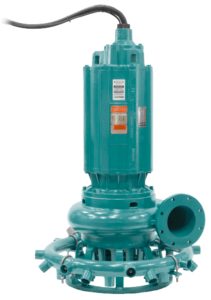Coal Tunnel Sump Pumps; The Trickle-Down Effect
The requirement of removing water and coal discard from underground tunnels in the fuel yard proves to be one of the most challenging sump applications in a typical coal-fired power plant today. Fuel yard sumps have become a source of frequent maintenance requiring additional labor and the cost of emergency crews.
Underground sump pumps are important as each sump located at the lowest elevation point in the hopper unloading vaults, coal conveyor tunnels, and transfer vaults are needed to prevent the tail pulley bearings from being immersed. Bearing failure could damage the coal conveyor and potentially shut down the plant if not handled promptly.
Difficulty of Upgrading
A typical fuel yard underground sump is difficult to upgrade as most sump pumps were originally thought to be of little significance and the pumps were chosen were often undersized. When a beltline fire deluge system is added years after the original construction above a sump too small to handle the extra volume, flooding this sump makes it difficult to stay below the recommended maximum motor starts of ten per hour.
An additional problem is created when cleaning the coal tunnels. This involves operators who typically start the wash down process at the top of the conveyor line working to the bottom of the tunnel or vault then finally shoveling coal into the sump to complete the cleaning process. This trickle-down process creates a coal slurry containing high percent solids and a large coal particle size up to 1.5 inches. These conditions coupled with small discharge lines make for problematic inefficient pumping.
When the situation allows for the design of a new or improved coal handling sump system, many of the inherent difficulties in pumping coal slurry from the sump can be eliminated or improved upon.
Possible Improvements
Recommendations may include:
- Providing a larger sump capacity to include the additional deluge flow volume allows the pumps sufficient time to discharge the extra flow
- Install two pumps to allow for backup while one is out for repair
- Specify a submersible motor type of pump so, in the case of the power outage to the sump, the pump and motor can be submerged without damage
- Specifying a submersible slurry type of pump which includes a built-in agitation mixer to help suspend the coal solids to aid in effective pumping
- Ensuring the pump impeller and discharge lines can handle the larger coal particle size
- Including a one-inch water supply line into the sump for additional agitation of the coal solids to aid in pumping out the sump

When upgrading this important area, consider these recommendations and use experienced suppliers familiar with optimizing the transfer of coal slurry.
